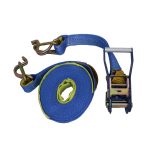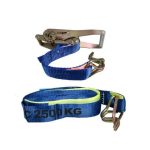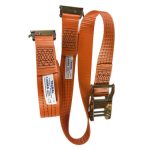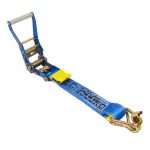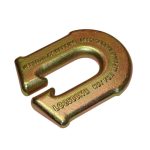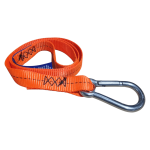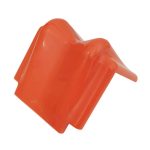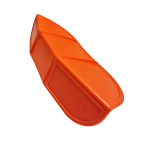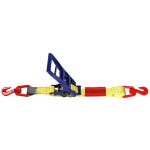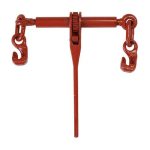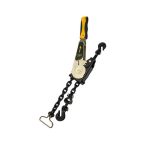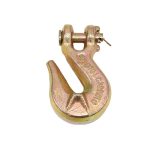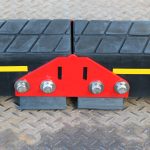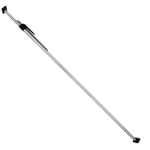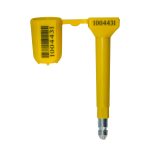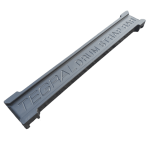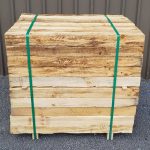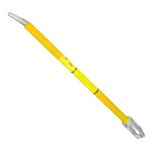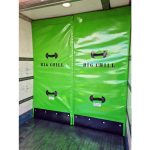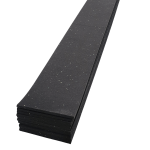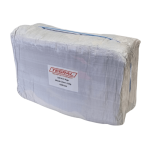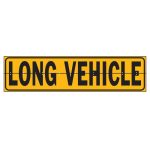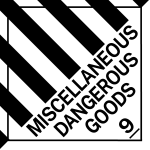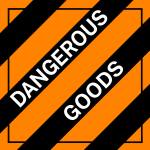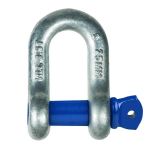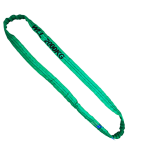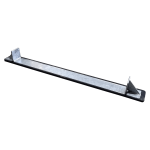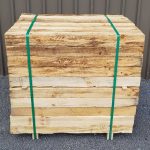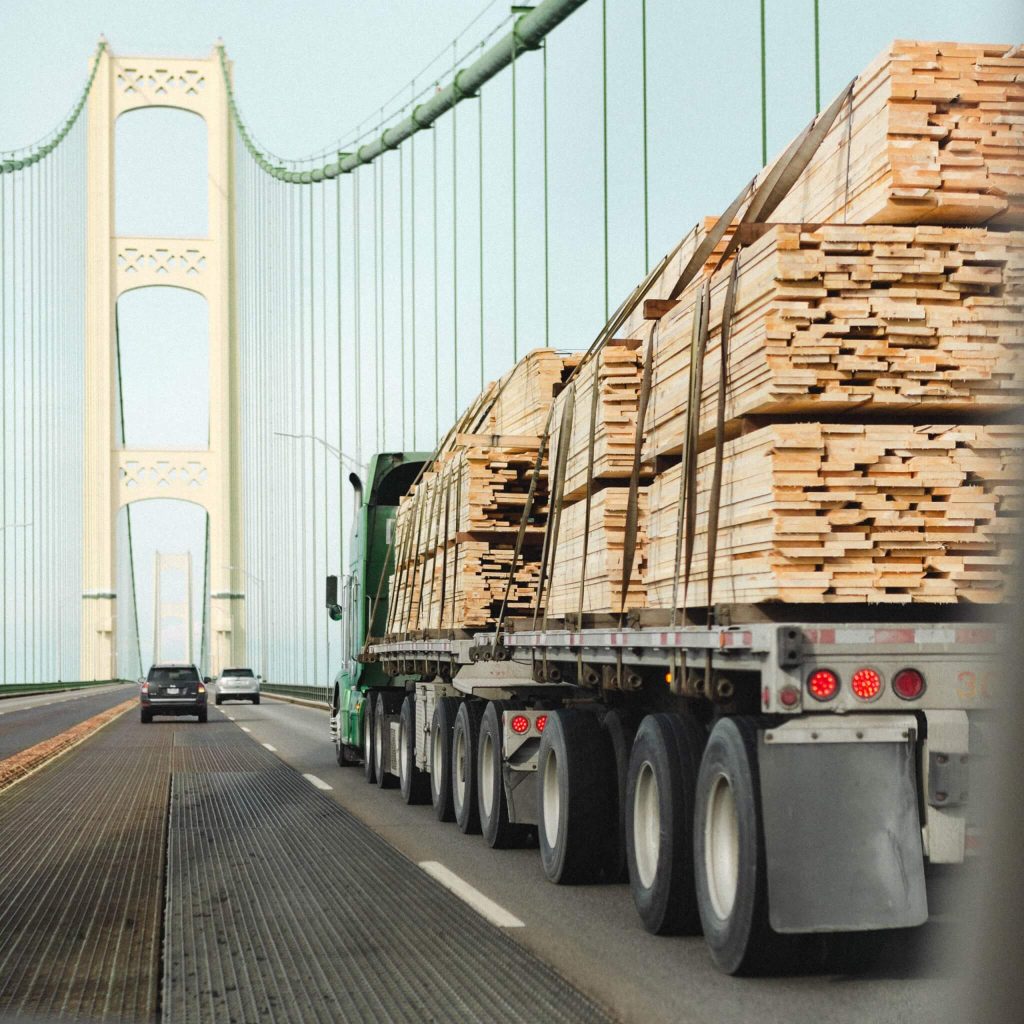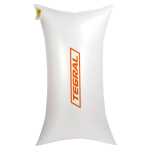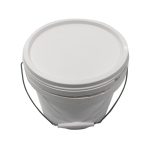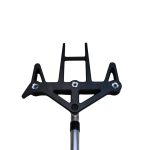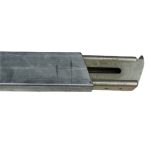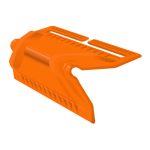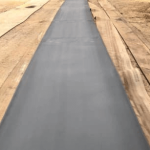Every Australian business owner relies on freight everywhere and every day. According to the National Transportation Commission, the freight task has increased by 50% in the last 10 years and is forecasted to grow by 26% by the year 2026.
The national transport task is comprised of almost one-third of road freight. The rail freight has half of the entire portion while the air freight and sea freight only 15% of the entire national transport task each.

Road Freight
The road freight task in Australia has been estimated to have 215 billion tonne/kilometres in 2014 which shows 0.9% growth over the previous 12 months.
Typical products carried by interstate road freight are the major commodities and products imported to, made in, and consumed in Australian cities and towns (QTLC, 2014).
Road freight incorporates light commercial vehicles (LCVs), rigid trucks, articulated trucks, and other trucks.

Rail Freight
Rail freight assigns about 49% of the total tonne/kilometres of domestic freight task in Australia which is dominated by bulk commodities over long distances.
While iron ore and coal accounts for 80% of this share, rail is also often central to moving other bulk commodities, such as grains, sugar, fertilizers, and mineral sands, especially to sea ports.
Rail and road compete strongly for long-distance non-bulk freight, but as distances increase rail transport’s competitiveness increases.

Airfreight
Airfreight is accounted for just over one-sixth of the national domestic freight task and comprises less than 0.01% of total freight by weight.
Airfreight volumes are projected to grow by around 17 percent between 2018 and 2040 from around 337 million tonne/kilometres in 2018 to around 393 million tonne/kilometres in 2040.

Port or sea freight
Port or sea freight is accounted for just under one-sixth of the national freight task. Specifically, coastal shipping of approximately 24.1 billion tonne/kilometres (12%).
Like rail, Australian coastal shipping principally services are defined set of commodities and markets.
Coastal shipping volumes are projected to remain around current levels, around 109 billion tonne/kilometres.

The freight and logistics industry is an essential component of the national economy, where the sector accounts for approximately 8.6 per cent of GDP. An efficient, sustainable and cost-effective freight and logistics industry enabled through partnerships with all levels of government & industry supports Australia’s growing economy and quality of life aspirations. Governments, in partnership with industry play a central role in the long-term planning, provision and management of transport networks that service Australia’s growing freight task.
Source:




